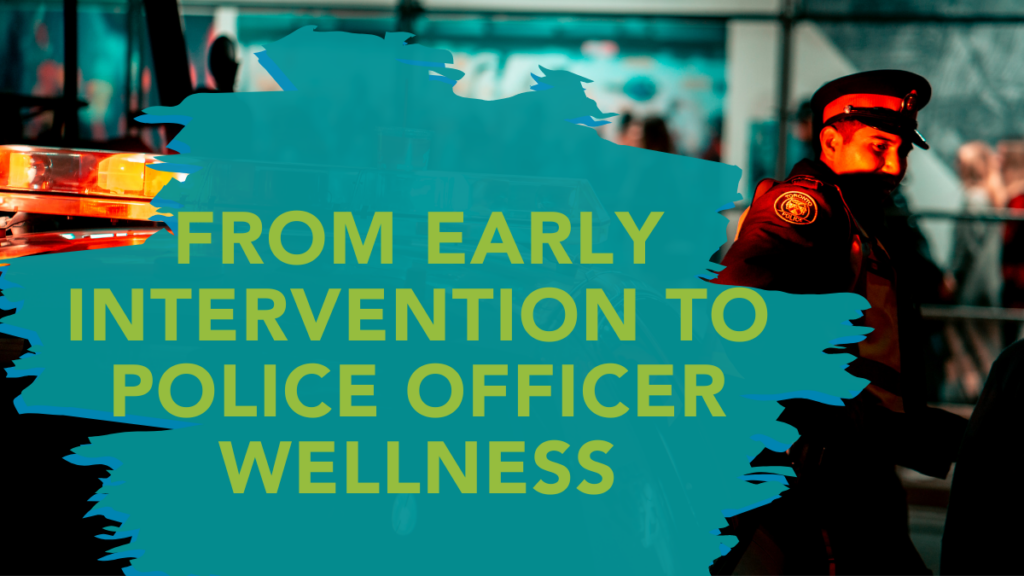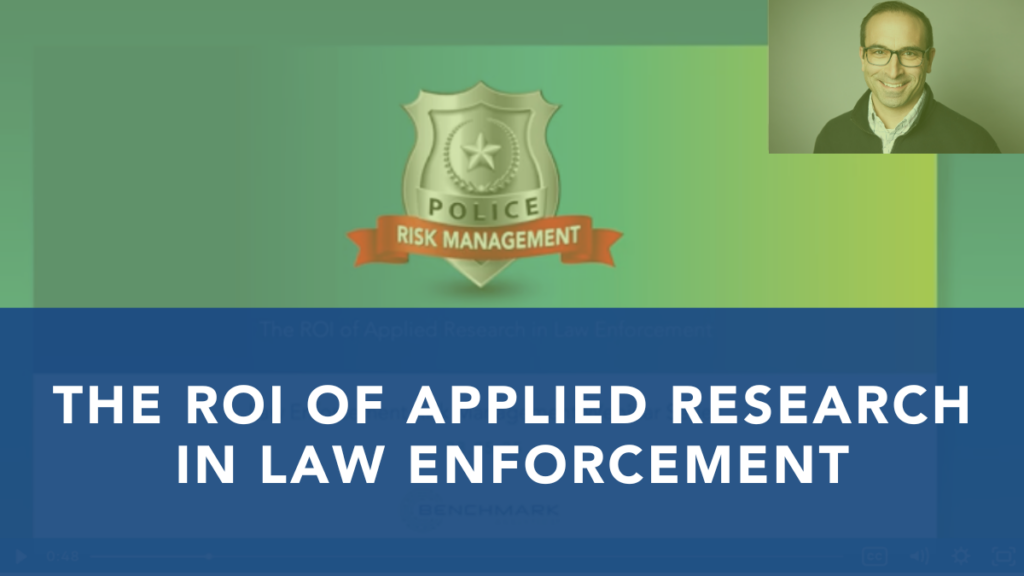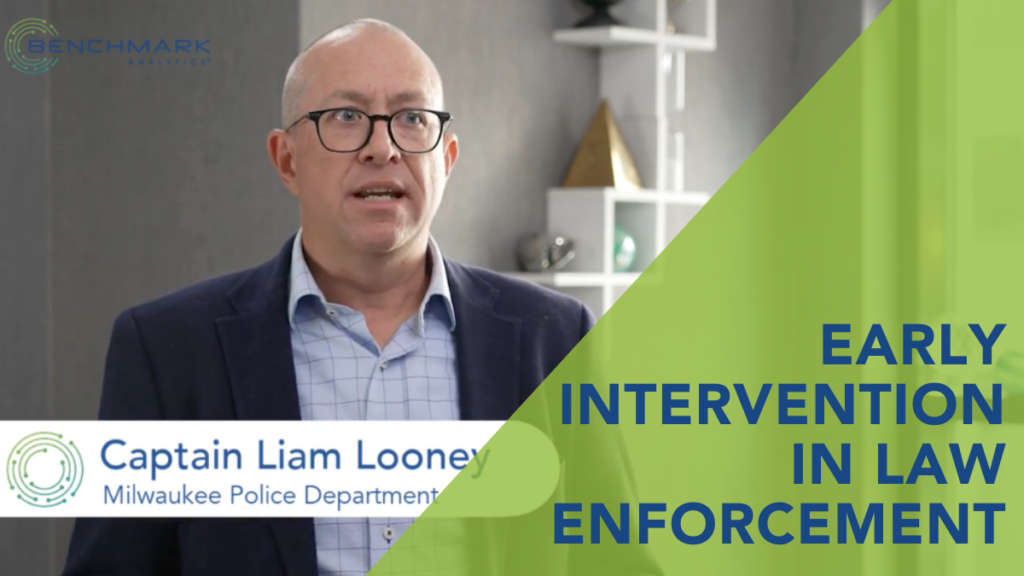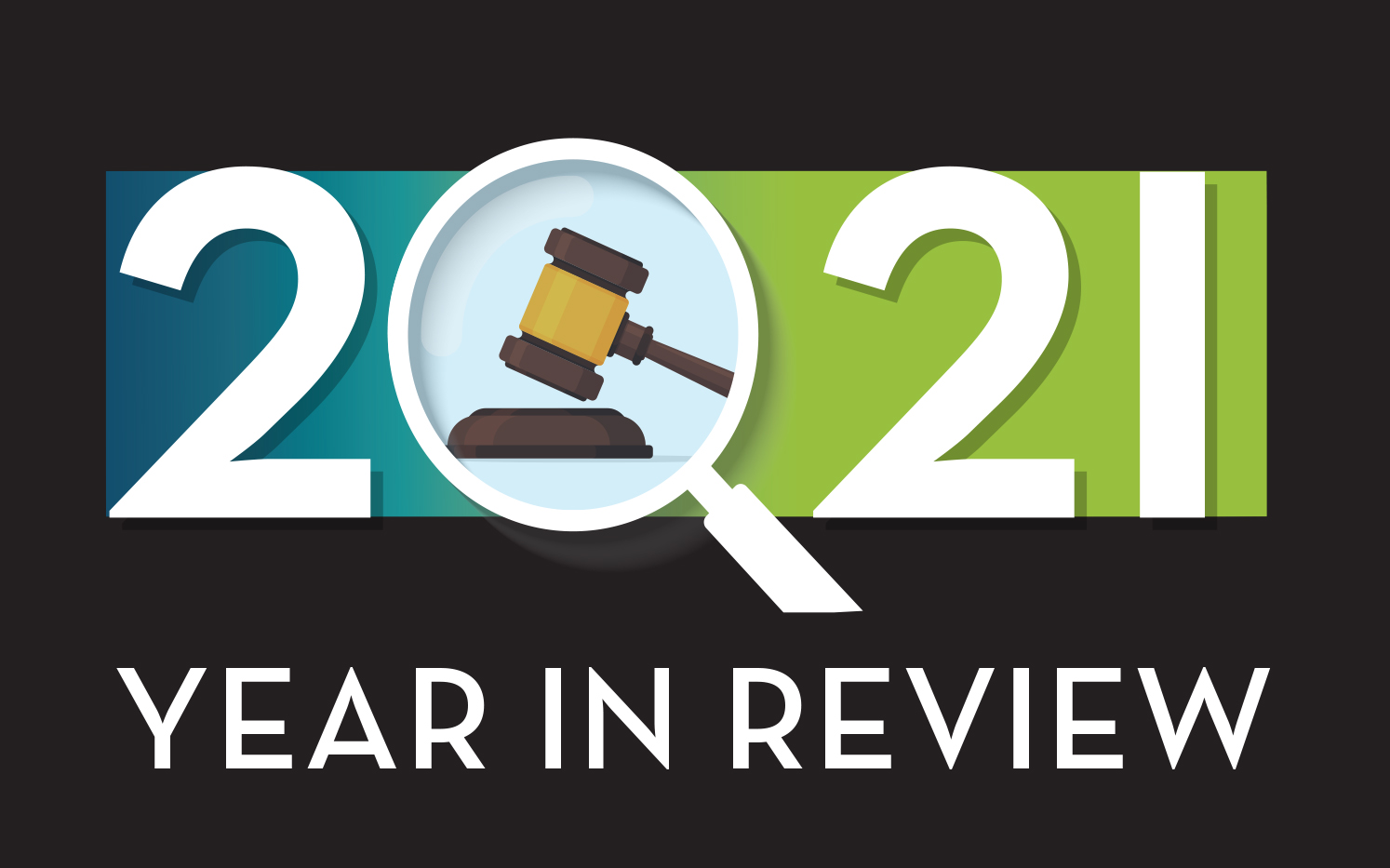Benchmark Blog

Law Enforcement Personnel Management
Leading the Charge: Why Public Agencies Must Pioneer Technology Adoption

Field Training Officer
Balancing Awareness and Operations: Key Training Insights for Law Enforcement
Ready to Experience the Benchmark Difference?
Benchmark Analytics and its powerful suite of solutions can help you turn your agency’s challenges into opportunities. Get in touch with our expert team today.









